Varieties of Honey
India, being home to diverse flora and fauna, offers a wide variety of honey. The honey varieties in India differ based on the flowers from which bees collect nectar, and each variety has distinct flavors, colors, and properties. Here are some of the most popular varieties of honey.
1. Mustard Honey
- Source: Harvested from mustard plant flowers.
- Taste Profile: Mildly spicy and earthy with a unique sharpness that develops in the aftertaste.
- Color: Light yellow or pale amber.
- Key Features: Naturally thick and rich in antioxidants.
- Uses: Perfect for salad dressings, marinades, or as a natural sweetener in teas. Known for aiding digestion and boosting immunity.
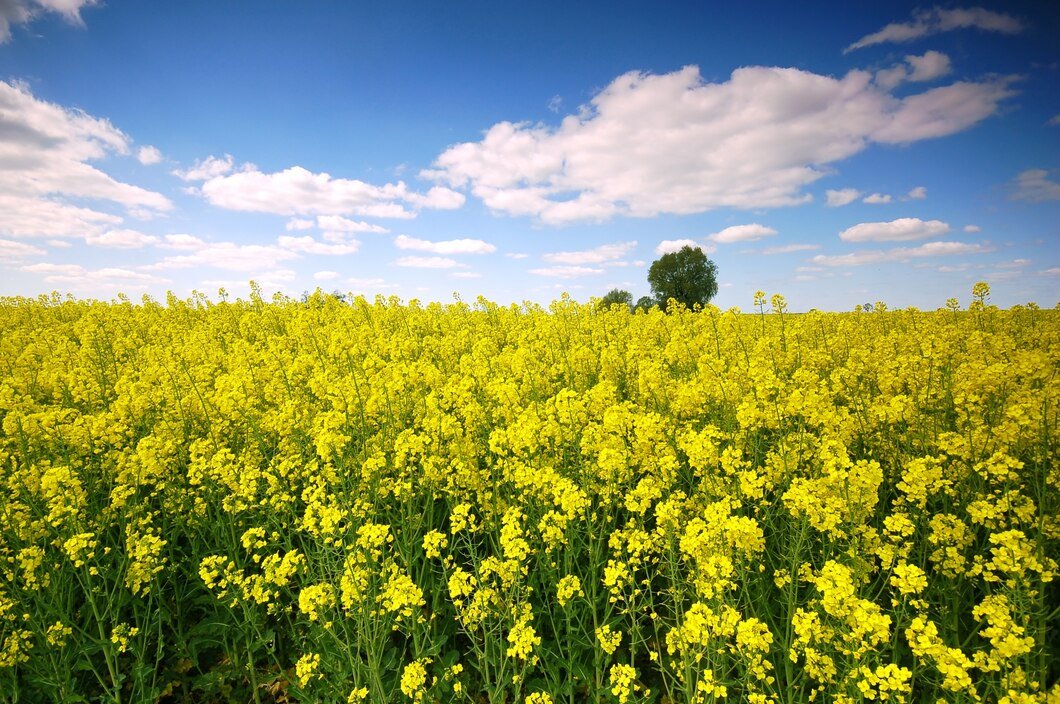
2. Eucalyptus Honey
- Source: Nectar from eucalyptus tree flowers.
- Taste Profile: Medium sweetness with subtle herbal and menthol-like notes.
- Color: Ranges from amber to reddish-brown.
- Key Features: Renowned for its antibacterial and anti-inflammatory properties.
- Uses: Commonly used for soothing sore throats and colds. Also a great choice for herbal teas and baked goods.

3. Acacia Honey
- Source: Blossoms of black locust trees (False Acacia).
- Taste Profile: Delicately sweet with a floral aroma and a lingering mildness.
- Color: Almost clear or pale yellow.
- Key Features: Slow to crystallize due to high fructose content.
- Uses: Ideal for sweetening without altering the flavor, making it a favorite for teas, cereals, and desserts.
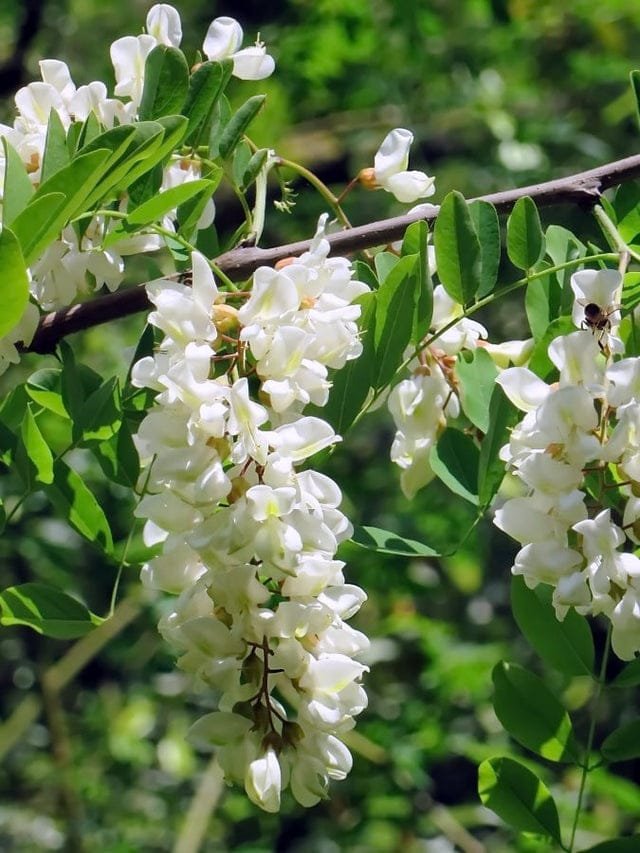
4. Coriander Honey
- Source: Flowers of the coriander (cilantro) plant.
- Taste Profile: Tangy and mildly spicy with a hint of citrus.
- Color: Light amber with a golden hue.
- Key Features: Packed with minerals and unique essential oils.
- Uses: A great addition to savory dishes, herbal remedies, and salad dressings.
5. Redwood Honey
- Source: Nectar from redwood trees or their surrounding flora.
- Taste Profile: Deeply woody, earthy, and resinous with a hint of caramel.
- Color: Dark amber to deep brown.
- Key Features: Contains unique antioxidants and has a robust flavor profile.
- Uses: Suitable for gourmet dishes and pairing with aged cheeses or smoked meats.
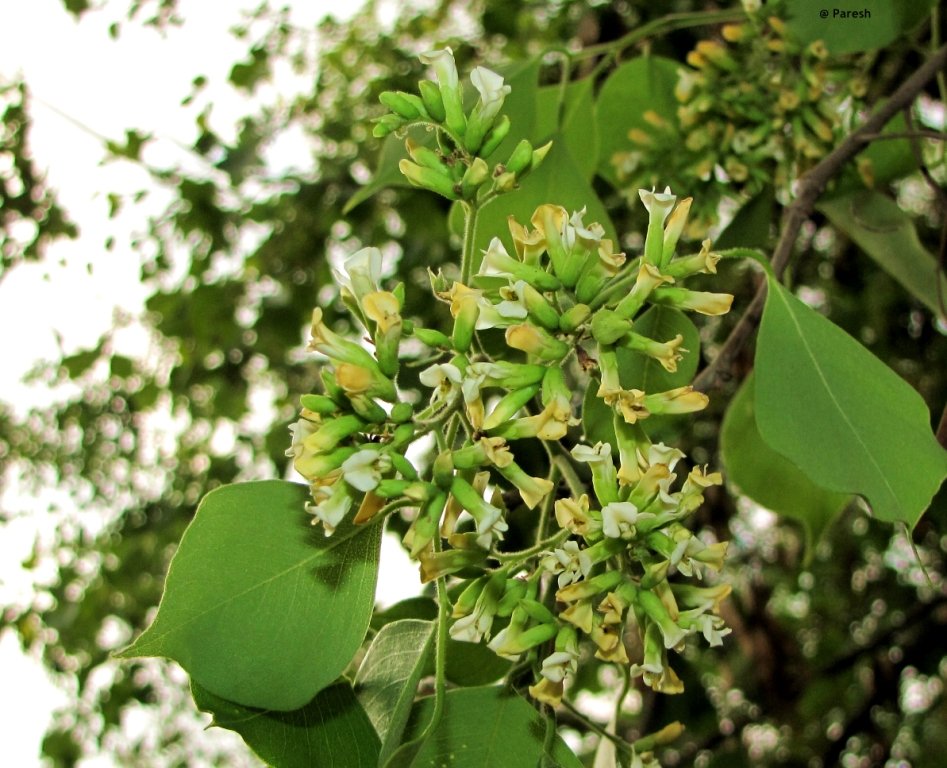
6. Jandi Honey
- Source: Flowers of the Jandi tree (Prosopis species).
- Taste Profile: Rich and earthy with a light caramel-like sweetness.
- Color: Golden brown with reddish tones.
- Key Features: Known for its medicinal qualities, particularly for digestive health.
- Uses: Often used in traditional remedies and as a sweetener in herbal teas.
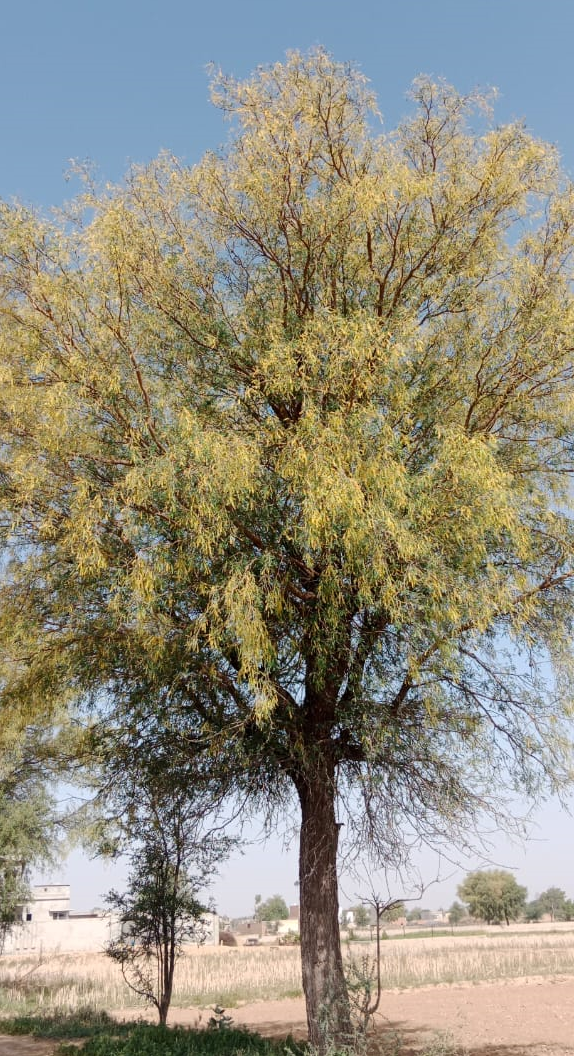
7. Barsim Honey
- Source: Flowers of Egyptian clover (Barsim).
- Taste Profile: Mild, buttery sweetness with a smooth texture.
- Color: Light golden to pale yellow.
- Key Features: Contains high levels of essential nutrients.
- Uses: Popular for spreading on bread, adding to milk, or light-flavored teas.
8. Sesame Honey
- Source: Blossoms of sesame plants.
- Taste Profile: Nutty and rich with a gentle sweetness.
- Color: Golden yellow.
- Key Features: Contains healthy fats and minerals from the plant source.
- Uses: Best paired with sesame-based recipes or drizzled over salads and roasted vegetables.
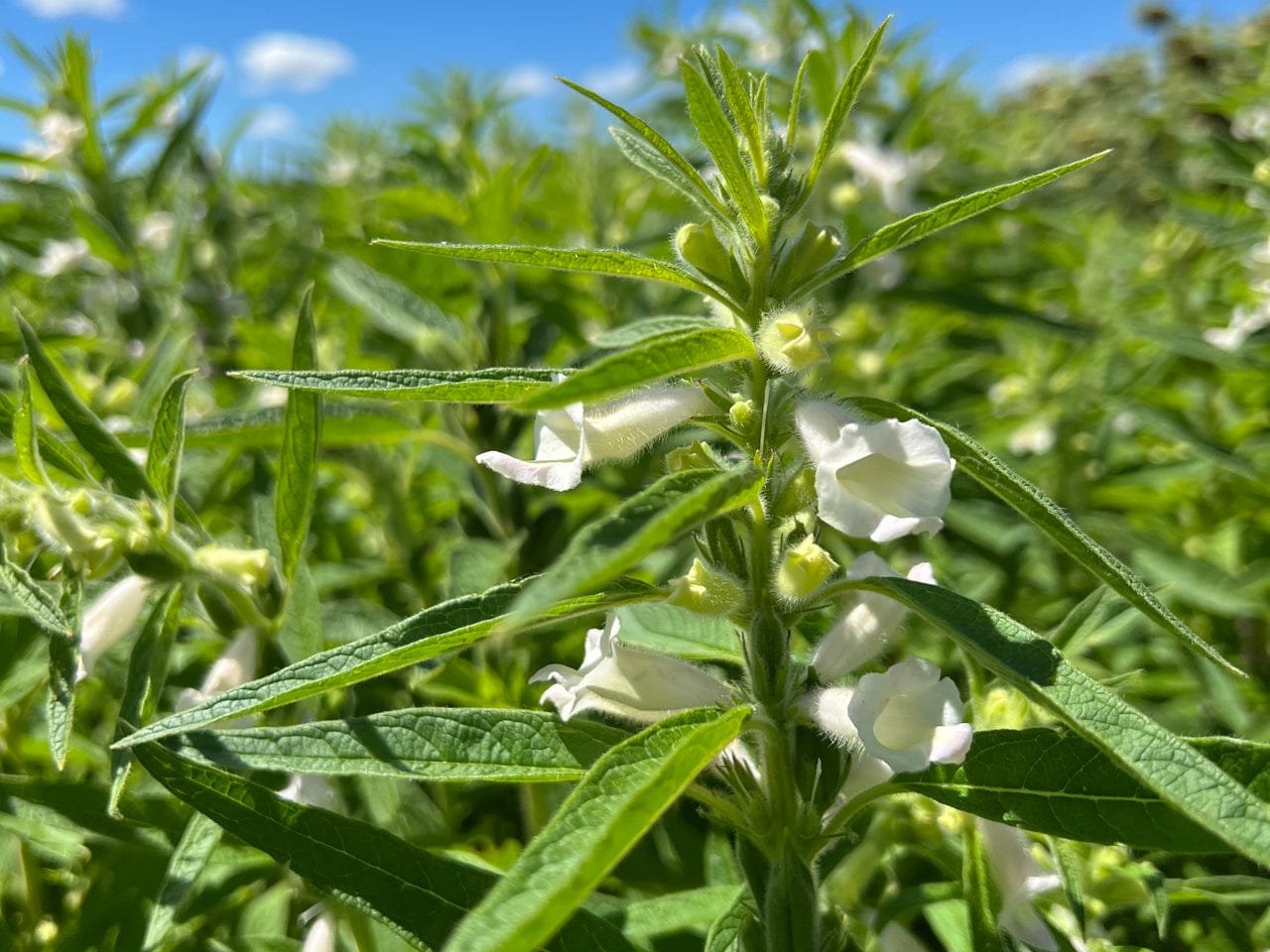
9. Acacia (Kashmir) Honey
- Source: Acacia trees native to the Kashmir region.
- Taste Profile: Lightly sweet with floral and fruity undertones.
- Color: Crystal clear to pale yellow.
- Key Features: Premium quality honey with a smooth texture and long shelf life.
- Uses: Frequently used for skincare, medicinal applications, and gourmet recipes.
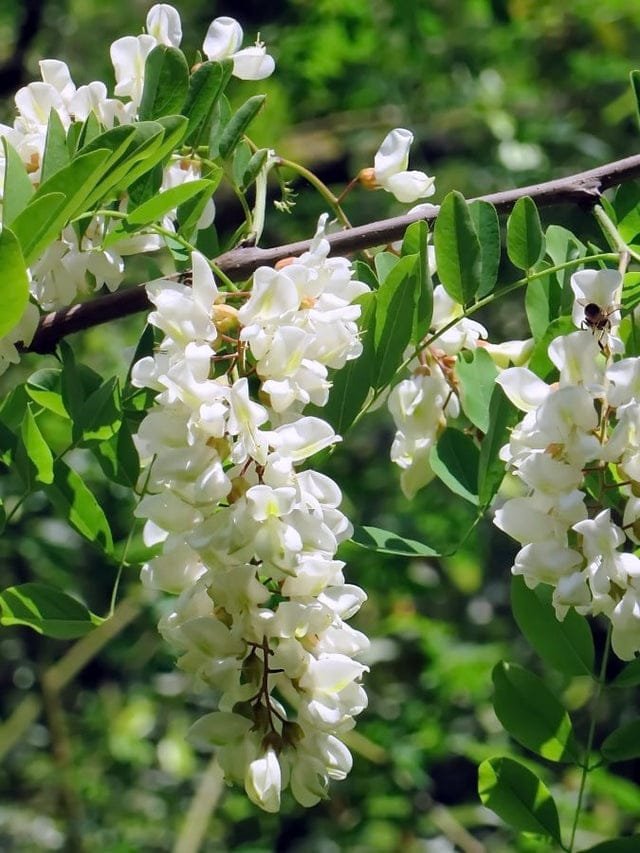
10. Multifloral Honey
- Source: A blend of nectar from various wildflowers.
- Taste Profile: Balanced sweetness with a diverse floral flavor.
- Color: Varies from light amber to dark golden.
- Key Features: Rich in antioxidants and nutrients due to multiple floral sources.
- Uses: Everyday honey for beverages, spreads, and baking.
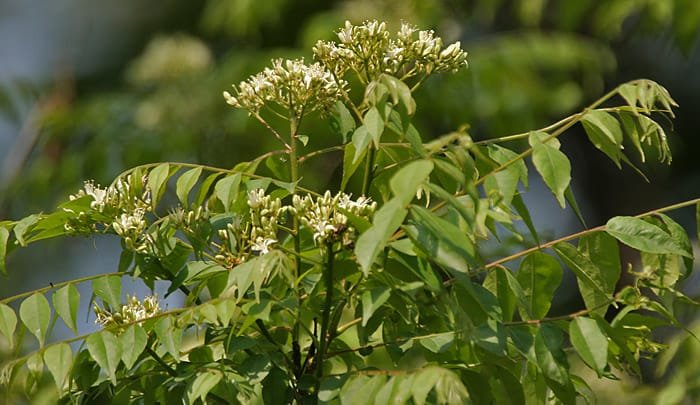
11. Forest Honey
- Source: Nectar and sap from wild forest trees and plants.
- Taste Profile: Strong, earthy, and slightly smoky.
- Color: Dark brown with greenish undertones.
- Key Features: Often unprocessed, making it rich in natural enzymes.
- Uses: Preferred for health supplements and robust recipes like dark bread and marinades.
12. Sidr Honey
- Source: Flowers of the Sidr (Jujube) tree.
- Taste Profile: Rich, luxurious, and slightly tangy with fruity hints.
- Color: Dark amber with a velvety texture.
- Key Features: Highly sought after for its unique taste and medicinal properties.
- Uses: A premium choice for consumption raw or in health tonics.
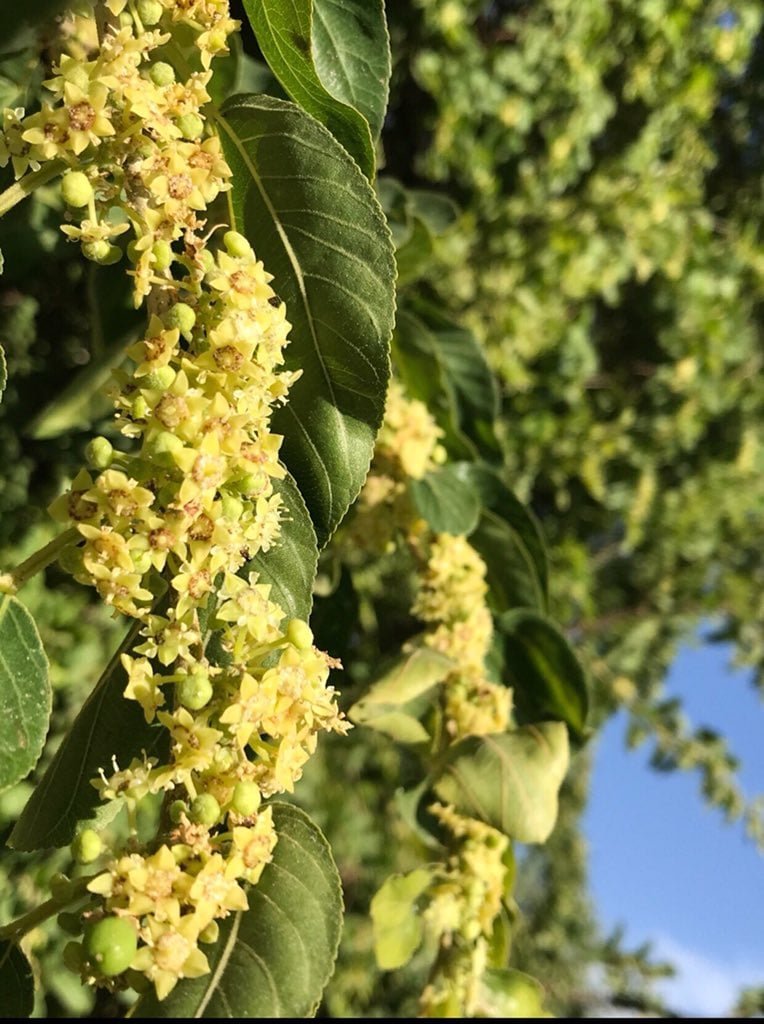
13. Celery Honey
- Source: Nectar from celery plant flowers.
- Taste Profile: Mildly sweet with an herbal undertone.
- Color: Light amber to golden yellow.
- Key Features: A rare honey variety with a refreshing taste.
- Uses: Used in savory cooking and medicinal remedies.

14. Sundarban Honey
- Source: Mangrove flowers of the Sundarbans.
- Taste Profile: Uniquely tangy with a slight saline touch.
- Color: Deep amber to dark brown.
- Key Features: Contains rare minerals and nutrients specific to the mangrove ecosystem.
- Uses: Valued for its medicinal and therapeutic properties.

15. Sulai (Kashmir) Honey
- Source: Sulai tree flowers in Kashmir.
- Taste Profile: Floral, subtly sweet, and aromatic.
- Color: Golden amber.
- Key Features: Known for its pure quality and regional uniqueness.
- Uses: Enhances beverages, desserts, and traditional recipes.
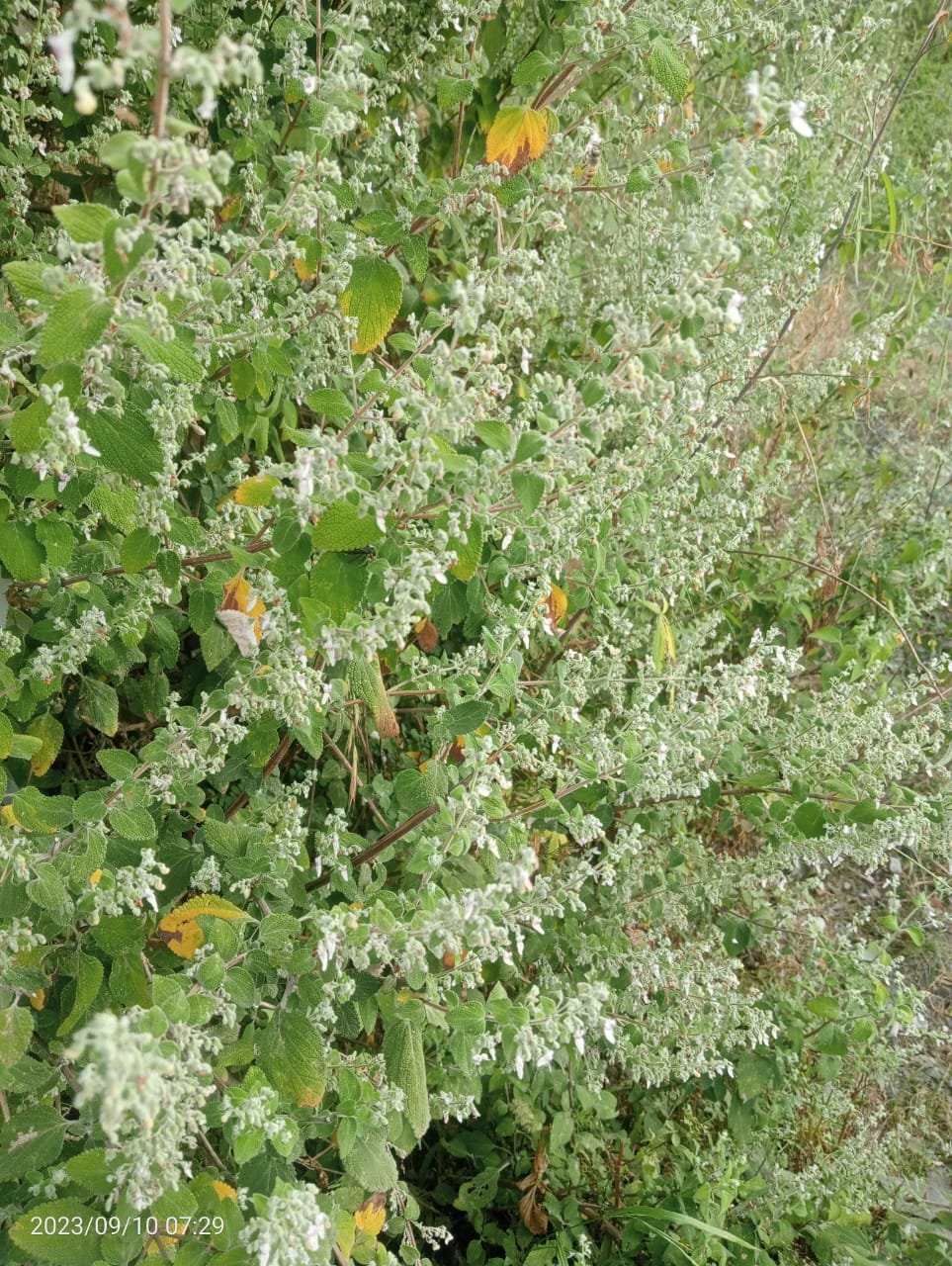
16. Litchi Honey
- Source: Nectar from litchi tree flowers.
- Taste Profile: Fruity and floral with a distinct sweetness.
- Color: Light golden with a smooth finish.
- Key Features: Contains natural fruit enzymes and antioxidants.
- Uses: Perfect for desserts, fruit salads, and yogurts.
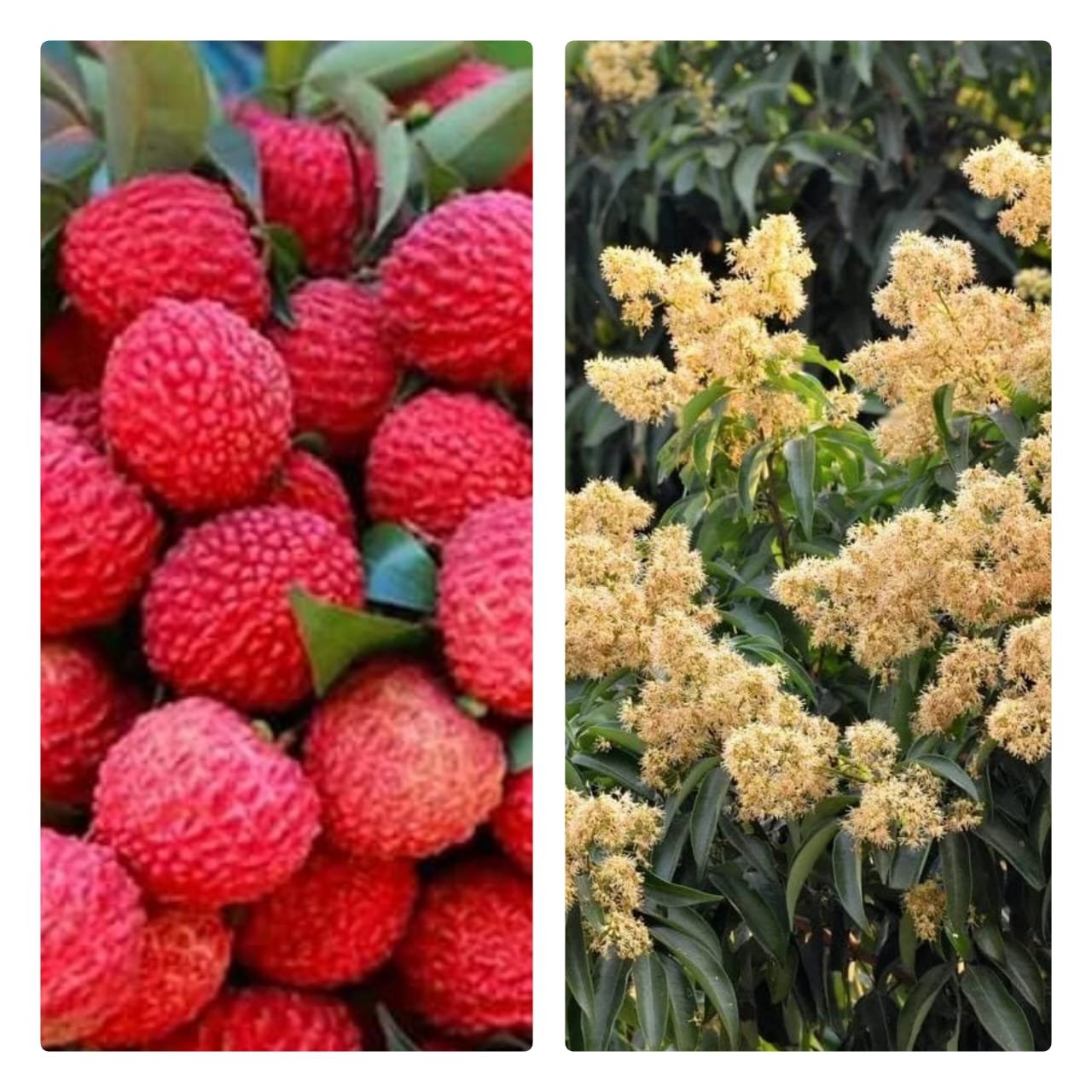
17. Apple Honey
- Source: Blossoms of apple trees.
- Taste Profile: Mildly sweet with a crisp, fruity essence.
- Color: Pale amber.
- Key Features: Offers a refreshing and light flavor.
- Uses: Great for pairing with cheese, oatmeal, or baked goods.
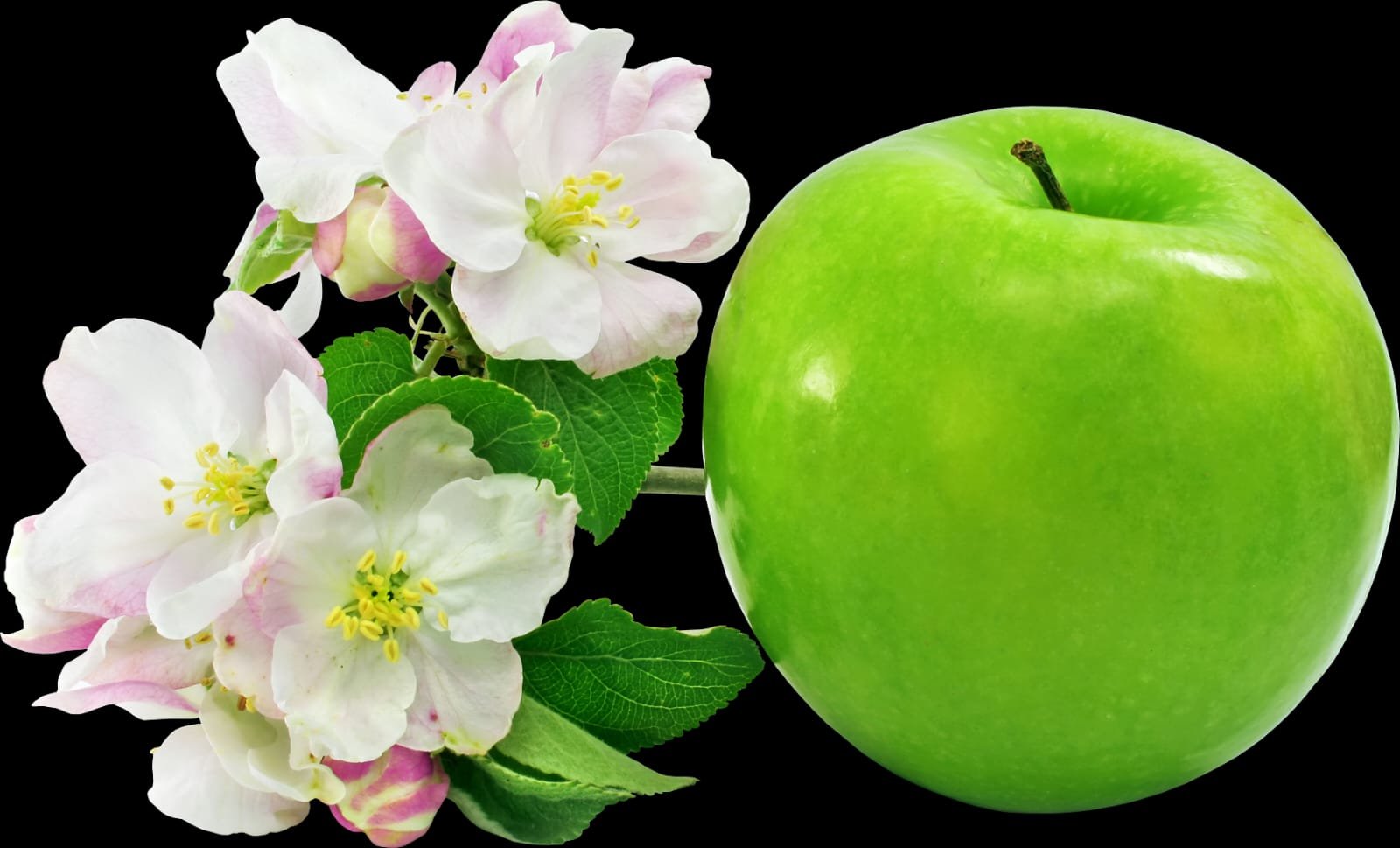
18. Sunflower Honey
- Source: Nectar from sunflower blooms.
- Taste Profile: Sweet with a nutty, slightly tangy undertone.
- Color: Bright golden yellow.
- Key Features: Crystallizes quickly, making it ideal for spreads.
- Uses: Versatile for baking, cooking, and natural sweeteners.

19. Honey Dew
- Source: Sap excreted by aphids or other insects on trees (not nectar-based).
- Taste Profile: Malty, rich, and slightly less sweet.
- Color: Dark brown to black.
- Key Features: Contains higher mineral content and antioxidants than floral honey.
- Uses: Popular in health supplements and European cuisine, especially in sauces and spreads.